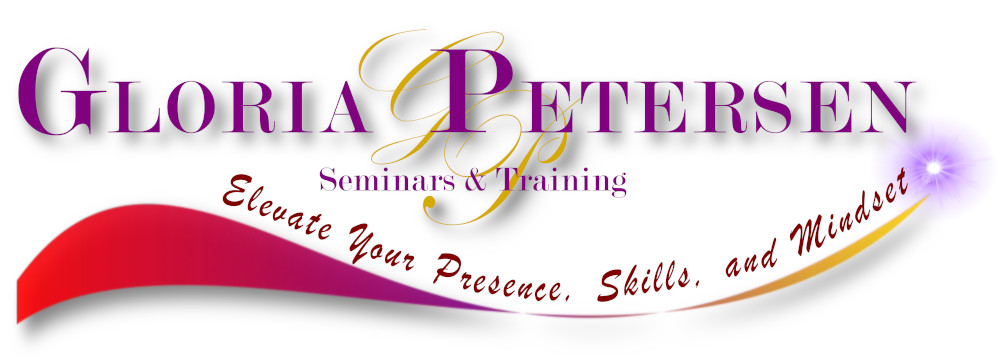
Short Attention Spans in the Workplace
Are you facing challenges, or do you anticipate them due to the short attention span of today’s technology-driven generation? Society often categorizes people by their birth years, such as the Linkster Generation (born after 1995), Gen Z (1997-2010), Generation Alpha (2010-2024), and the soon-to-arrive Generation Beta (2025-2039). However, these labels can be confusing and, frankly, unfair. It’s not just about the year of birth—environment, culture, and personal influences play a significant role in shaping individuals.
Every generation brings its unique perspective to the workplace. Today’s generation, in particular, is heavily immersed in social media, developing new connections and seeking entertainment through fast-paced, interactive content. This shift presents a challenge: How do you capture and hold their attention in a competitive social media landscape?
Looking at Today and Ahead in a Global Workplace
Clear communication remains a necessity in the global workplace. The trend toward “micro-talk”—where small talk is reduced to brief exchanges—reflects the broader shift toward brevity in communication. However, when companies take shortcuts in their written or spoken communication, they risk misunderstandings and a decline in effectiveness. Today’s students and professionals must recognize the importance of writing and speaking in complete sentences to maintain a competitive edge and ensure clear communication.
The Need for Mindfulness
Perhaps this is why “mindfulness” has become increasingly popular. Slowing down, being mindful of our communication, and avoiding shortcuts can help bridge generational gaps and improve workplace interactions.
What are your thoughts on this issue? Do you find yourself adapting to these generational shifts, or do you believe in upholding traditional communication standards?
We value your insights.
Please share your thoughts and join the ongoing discussion!


